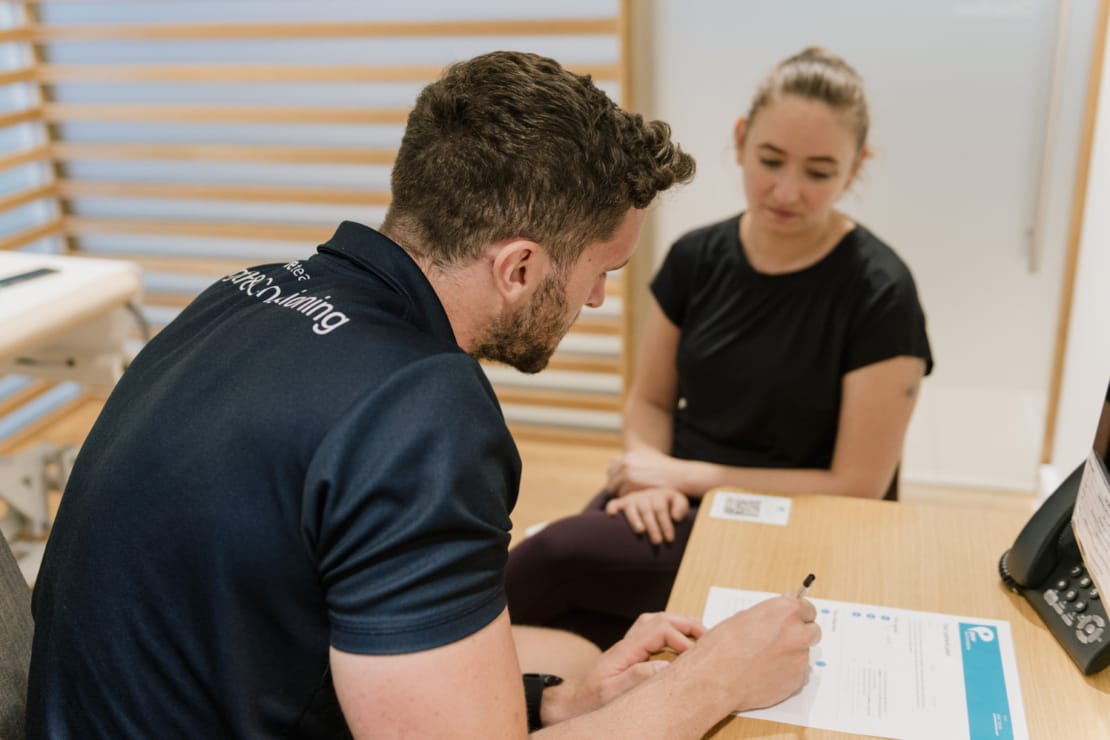Move your Mood: Exercise and Mental Health

Pure Sports Medicine
- 28 March, 2025
- Podiatry
- 2 min read
Mental illness accounts for 23% of all ill-health in England and affects more than one in four of the population at any time.

Individuals with mental health issues are more likely to have Type 2 Diabetes, obesity, hypertension and cardio-respiratory disease, and in a mental health setting are more than 3 times more likely to smoke than the national average. Similarly, these patients also do significantly less exercise.
Unfortunately, mental health patients die prematurely, compared to the general population. Interestingly, this is twice as likely to be due to one of these co-morbidities (diabetes, heart disease, stroke) than due directly to psychiatric/psychological consequences.
There is good and emerging evidence that physical activity (PA) can improve the symptoms of depression by up to 30%, and the associated co-morbidities in a similar fashion: type 2 Diabetes risk is reduced by up to 40%, and cardiovascular disease by up to 35%.
Increasingly, it is acknowledged that physical activity and exercise can both treat and prevent depression, from adolescence to the elderly.
Adoption of, and adherence to PA programmes and interventions are recognised as being very good in patients with mental health problems, with a beneficial impact in terms of alleviating secondary symptoms such as self-esteem and social withdrawal.
Anxiety disorder, mood and general well-being are also enhanced by adopting a more active lifestyle, and large benefits are seen in depressive and schizophrenic symptoms, quality of life, stress levels and disordered sleep.
How Can Exercise Help?
Your exercise habits are just that: a habit. Remember this is more about Physical Activity than formal exercise. Firstly, in terms of PA, anything is better than nothing . Simply moving more and sitting less will increase your moderate exercise levels. This may mean watching less TV or spending less time on a computer.
Adults should aim to be active daily and over a week activity should add up to at least 150 minutes (2½ hours) of moderate intensity activity in bouts of 10 minutes or more –one way to approach this is to do 30 minutes on at least 5 days a week. This may well include simple activity such as walking and dancing.
However, if you’re already active and used to exercise then comparable benefits can be achieved with at least 75 minutes of vigorous activity over the course of a week. Most people incorporate both moderate and vigorous exercise into their plan.
This might at first sound more daunting than it is but moderate activity, for example, could be a brisk walk or cycling. The types of activity where you should still be able to hold a conversation and could easily be introduced into your daily routine. More vigorous activity includes running or sports such as swimming or football. To find out more about this take a look at these helpful guidelines.
https://www.gov.uk/government/publications/uk-physical-activity-guidelines
In addition, it is recommended to do two sessions of strengthening exercise per week. This may be in the form of ‘weight-training’ or more simply carrying shopping bags, for example.
The following infographic nicely summarises the benefits of Physical Activity:
https://www.gov.uk/government/…
So, in summary, have a plan, move more and sit less, let exercise become a habit and work towards an improvement in your mood and self-confidence, and a reduction in your anxiety and stress levels.

Advice
Over the last 20+ years our experts have helped more than 100,000 patients, but we don’t stop there. We also like to share our knowledge and insight to help people lead healthier lives, and here you will find our extensive library of advice on a variety of topics to help you do the same.
OUR ADVICE HUBS See all Advice Hubs

